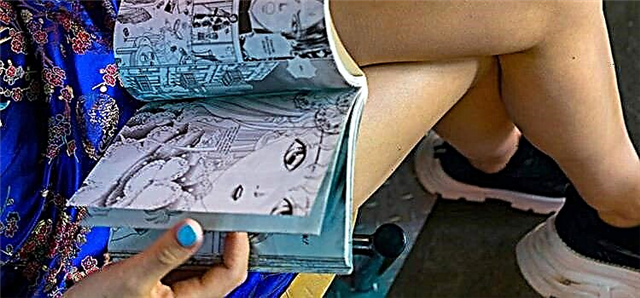
One of the advantages of modern computer-controlled engines is economy. These types of engines precisely control ignition and fuel delivery, so fuel wastage is minimal.
Take, for example, fuel mixtures . In carbureted engines, the fuel mixtures were handled by screws that passed more or less air depending on the direction you turned the screw. Let in more air and less fuel, and the mixture will become leaner. Let in less air and more fuel and the mixture will get richer. And once it's set up, that's it - there's no way to adjust it for different temperatures, fuel quality, or any other factors that might affect fuel mixtures.
Modern computer-controlled engines regulate fuel automatically and on the fly. This is done through an oxygen (O2) sensor. The O2 sensor reads the exhaust in real time to determine the air-fuel ratio. It then sends the data to the computer and the computer adjusts the mixture accordingly by controlling the fuel injectors.
Driving with a bad O2 sensor means the computerwill not get correct mixture readings and therefore it will not be able to properly adjust the air/fuel mixture. But if your engine starts and runs and can keep running, you can ride it. The only problem will be that your car will drive slowly or rough, or it will stall. By default, an engine computer block that does not receive a signal from the O2 sensor is too rich. This is the safest mode to avoid detonation and fire of the valve or piston due to too lean mixture. As a result, the engine will be less efficient and consume more fuel due to a too rich mixture.
The worst thing that can happen is that the mixture is too richcan clog the catalytic converter . Excess fuel thrown into the cylinders will have to be burned in a catalytic converter. Excess fuel will cause the converter to run at an elevated temperature, which will drastically shorten the life of the converter. The converter's ceramic core can melt if it reaches a high enough temperature, which can cause restriction and eventually clog the exhaust.
The cost of a new O2 sensor is between 10% and 20% of the cost of a new catalytic converter. Thus, it is better to immediately replace the faulty one.
So yes, you can drive with a bad O2 sensor. But you will want to change it immediately because otherwise you will spend more money on fuel and risk spending more on a new catalytic converter as well.



